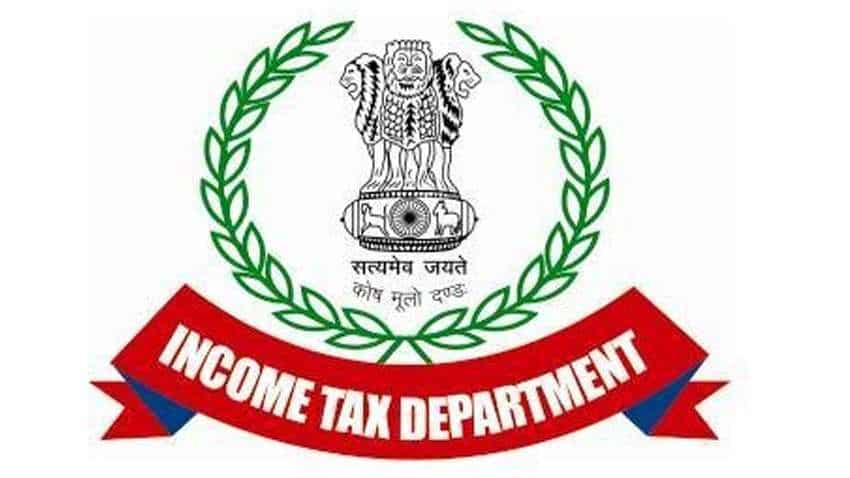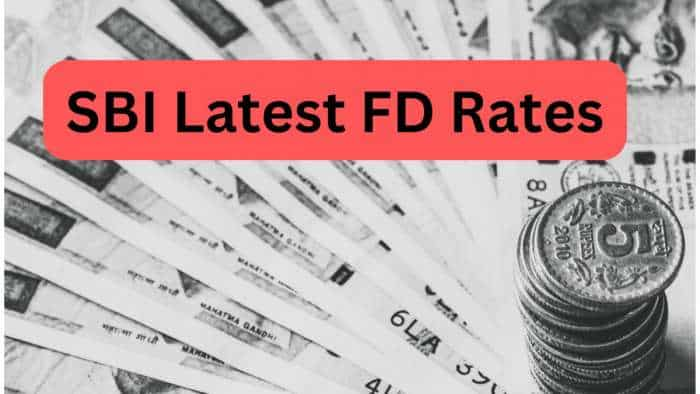Faceless assessment to start with I-T Dept restructuring
The CBDT has now given the detailed guidelines for the implementation of the Scheme and role of residual charges in this regard.

As The Faceless Assessment Scheme, 2019 kicks off, the Central Board of Direct Taxes (CBDT) has stipulated that all communications from the department to the taxpayer, assessee, third-party will be in the name of the National e-Assessment Center (NeAC) and no communication of any nature such as above will be made by any of the Regional e-Assessment Centres (ReACs) across 20 cities in the country.
The Income Tax Department has embarked on the journey of Faceless Tax Administration. The Faceless Assessment Scheme, 2019 has been announced by the Central Government. Further, the Central Board of Direct Taxes (CBDT) has notified the National e-Assessment Centre (NeAC) in Delhi and various Regional e-Assessment Centres (ReACs) across 20 cities in the country for implementation of the Scheme.
The CBDT has now given the detailed guidelines for the implementation of the Scheme and role of residual charges in this regard.
See Zee Business Live TV streaming below:
On the functions of the faceless hierarchy, the guidelines say that the NeAC/ReACs hierarchy will be tasked with management of Faceless Assessment proceedings and will be broadly responsible for functions.
All these functions will be through electronic means for which the NeAC will be the gateway and will function as such for all the flow of information. The officers and the staff in the ReACs will perform the functions relating to the assessment and verification function under the Income Tax Act, but all communications from the department to the taxpayer/assessee/third-party for the purposes of the Act will be in the name of the NeAC. No communication of any nature such as above will be made by any of the ReACs.
The functions of the NeAC, ReACs [Assessment Unit (AU), Verification Unit (VU), Review Unit (RU) and Technical Unit (TU)] have been delineated in detail separately by the NeAC in consultation with the Board.
The Assessment proceedings u/s 143, 144, 148 read with 143(2)/ 142(1) will be done by the AU, verification related to assessment by the VU, verification related to centralized dissemination of information by the Directorate of Systems, by the VUs, review of draft orders by the RU, technical support by the TU and passing and dispatch of the final orders by the NeAC.
On the functions of the field formations outside the NeAC/ReACs hierarchy, the guidelines state that the Principal Chief Commissioner of Income Tax will be the cadre controlling authorities for all the officers and staff in their area of jurisdiction in respect of all field formations including ReACs, central charges, international tax and transfer pricing charges, investigation directorate, exemption charges.
The field formations outside the NeAC/ReACs Hierarchy will perform the functions in faceless manner to the extent possible.
These include taxpayer outreach and taxpayer education, taxpayer facilitation, rectification proceedings, grievance handling and demand management, collection and recovery of taxes, audit functions including handling matters pertaining to Revenue and Internal Audit and taking remedial actions.
The other functions include judicial functions including giving effect to the appellate orders of CsIT (A), ITAT, High Court, Supreme Court, Settlement commission, preparing scrutiny reports and filing of appeal wherever considered necessary; defending writ petitions, recommendation of SLPs, prosecution and compounding proceedings and related court matters, administrative, HRD and cadre control matters including related court matters, custody and management of case records and management and control of infrastructure.
CBDT has prescribed that wherever communication under the income tax proceedings is required to be made with the taxpayer/assessee/third-party, the same shall be made through electronic means using the ITBA/ Department Portal.
"The power of survey u/s 133A of the Act henceforth will be exercised by the Investigation Directorates and the TDS charges only. In cases of surveys of the International Taxation charge or any other charges, the same will be conducted in collaboration with the Investigation Directorates," the CBDT said in a circular.
In order to implement the scheme, the Board has diverted the existing manpower at all levels of the department to the Faceless Assessment charges.
The hierarchy in faceless scheme will work with 30 Chief Commissioners, 154 Principal Commissioners, 565 Additional/Joint Commissioners, 645 Deputy Commissioners/Additional Commissioners, 2830 Income Tax Officers and attendant staff.
The Principal Chief Commissioners will now issue orders for diversion of posts up to all levels of staff to the newly created NeAC/ReACs in their jurisdiction.
An exercise has been carried out to identify posts which can be diverted to NeAC/ReACs. At least one office in every building is retained in the residual hierarchy to ensure continued ownership and responsibility of case records.
The jurisdiction of AOs posts selected for diversion to NeAC/ReACs hierarchy is proposed to be given to another AO/(s) (not diverted) in the same building to avoid any transfer of case records between buildings.
In the residual hierarchy, each Range will have at least one DC/ACIT. The average number of ITOs in residual hierarchy is 4-5 per Range.
The actual number of ITOs have been increased or decreased depending on the number of ITOs and buildings in jurisdictions that have been merged.
While merging the jurisdictions, there might be shortages/excesses depending upon the charge and manpower management as per the enclosed list.
In case of excesses/shortages in the rank of Addl. CIT/JCIT/DCIT/ACIT, the same may be added to/ drawn from Special Ranges and headquarters.
In case of excesses/shortages in the rank of ITO, the same may be added to/drawn from TRO and headquarters.
Get Latest Business News, Stock Market Updates and Videos; Check your tax outgo through Income Tax Calculator and save money through our Personal Finance coverage. Check Business Breaking News Live on Zee Business Twitter and Facebook. Subscribe on YouTube.
RECOMMENDED STORIES

Largecap, Midcap Stocks To Buy: Analysts recommend buying L&T, Tata Motors, 3 other stocks for 2 weeks; check targets

PPF vs SIP: Rs 12,000 monthly investment for 30 years; see which can create higher retirement corpus

SIP in Stocks For New Year 2025: Market guru Anil Singhvi recommends 1 largecap, 2 midcap scrips to buy in dips; note down targets
03:24 PM IST










 Zomato gets Rs 803.4 crore tax demand from GST authorities
Zomato gets Rs 803.4 crore tax demand from GST authorities  Income tax refunds jump 46.3% to Rs 3.04 lakh crore in April-November
Income tax refunds jump 46.3% to Rs 3.04 lakh crore in April-November No proposal on income tax relief for senior citizens under consideration: Centre
No proposal on income tax relief for senior citizens under consideration: Centre  Income tax return filer base up 2.2 times in 10 years, 5 times growth in Rs 50 lakh-plus income category: Sources
Income tax return filer base up 2.2 times in 10 years, 5 times growth in Rs 50 lakh-plus income category: Sources  This is India's only tax-free state, residents earn crores without paying Income Tax
This is India's only tax-free state, residents earn crores without paying Income Tax